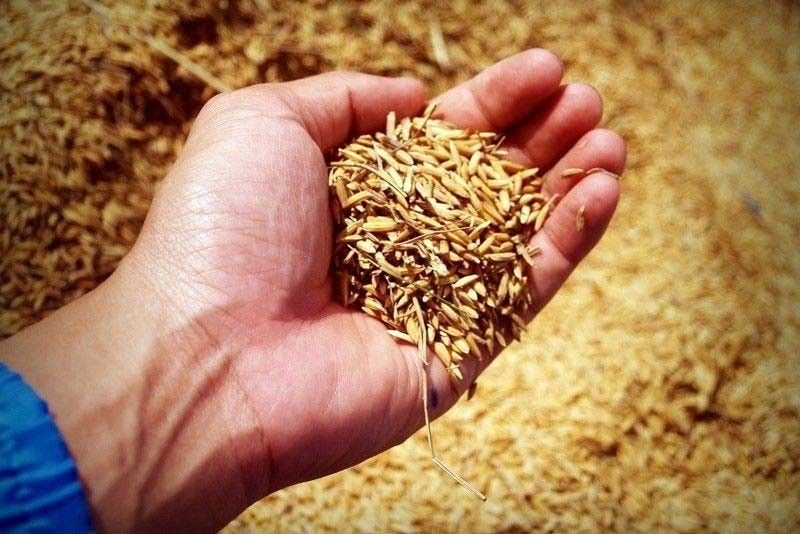DA revises guidelines for seed distribution

MANILA, Philippines — The Department of Agriculture (DA) revised the guidelines for rice seeds distribution for the dry cropping season next year to improve production of the country’s staple food.
The DA issued a memorandum order detailing supplemental guidelines for the distribution of inbred seeds under the Rice Competitiveness Enhancement Fund (RCEF) and National Rice Programs (NRP) “in view of the lessons learned from the 2023 Wet Season implementation.”
The new guidelines will be adopted by all implementing units and partners starting the 2024 dry season.
The dry planting season starts late December and ends in early March, with harvest starting in February until April or early May.
On the other hand, wet planting season begins from June to August and harvest starts from September to December.
Under the updated guidelines, farmers with less than one hectare of farm lands can receive seeds by consolidating with other farmers.
Under the original memo, only farmers who are cultivating at least one hectare or more are eligible to receive seed support.
“However, as agreed and discussed during the Rice Industry Stakeholders Engagement (RISE) meeting on July 27, farmers with rice areas of less than 0.1 ha may form an informal group and aggregate their farm sizes to meet the minimum area requirement and be eligible for seed support equivalent to one bag (20kg). To do so, they should authorize a farmer representative among themselves to claim the seed,” the DA said.
Meanwhile, the agency said farmer beneficiaries may only claim the seeds from the municipalities where their farms are located.
In determining beneficiaries, the DA said farmers not listed in the 2024 dry season Rice Seed Monitoring System (RSMS), but are found in the Registry System For Basic Sectors In Agriculture (RSBSA), as verified by the city or municipal agriculture officer, will be eligible to receive certified seeds.
In the case of a deceased farmer, the city or municipal agriculture officer may release the seed support equivalent to the area indicated in the RSMS to the farm administrator of a deceased farmer whose name is still reflected in the RSMS/RSBSA finder.
Earlier, the DA said it is targeting one million hectares to yield eight tons per hectare or eight million metric tons of rice for harvest early next year amid El Niño.
To achieve this, DA Undersecretary for Rice Industry Development Leocadio Sebastian said there must be a strong working convergence of all DA agencies, regional field offices and their rice focal persons, the National Irrigation Administration, Bureau of Soils and Water Management, the Philippine Rice Research Institute, Philippine Center for Postharvest and Mechanization, the Cooperatives Development Authority, the National Food Authority, the Department of Agrarian Reform, the Department of Interior and Local Governments and its attached local government units, Agriculture Credit Policy Council and Philippine Crop Insurance Corp. and state banks – Development Bank of the Philippines and Land Bank of the Philippines.
“If we are able to do this, we don’t need to worry about our rice supply next year and if sustained, we can reach our President’s self-sufficiency goal of 97.5 percent,” he said.
- Latest
- Trending





























